| LINKS |
DISCRIPTION |
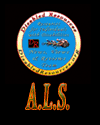 |
Amyotrophic Lateral Sclerosis (ALS) also known as motor neurone disease (MND) or Lou Gehrig's disease, is a specific disease that causes the death of neurons controlling voluntary muscles. Some also use the term motor neuron disease for a group of conditions of which ALS is the most common. ALS is characterized by stiff muscles, muscle twitching, and gradually worsening weakness due to muscles decreasing in size. It may begin with weakness in the arms or legs, or with difficulty speaking or swallowing. About half of the people affected develop at least mild difficulties with thinking and behavior and most people experience pain. Most eventually lose the ability to walk, use their hands, speak, swallow, and breathe. |
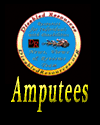 |
Amputee is the removal of a limb by trauma, medical illness, or surgery. As a surgical measure, it is used to control pain or a disease process in the affected limb, such as malignancy or gangrene. In some cases, it is carried out on individuals as a preventive surgery for such problems. A special case is that of congenital amputation, a congenital disorder, where fetal limbs have been cut off by constrictive bands. In some countries, amputation of the hands, feet or other body parts is or was used as a form of punishment for people who committed crimes. Amputation has also been used as a tactic in war and acts of terrorism; it may also occur as a war injury. In some cultures and religions, minor amputations or mutilations are considered a ritual accomplishment. |
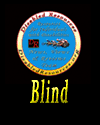 |
Blind also known as vision impairment or vision loss, is a decreased ability to see to a degree that causes problems not fixable by usual means, such as glasses. Some also include those who have a decreased ability to see because they do not have access to glasses or contact lenses. Visual impairment is often defined as a best corrected visual acuity of worse than either 20/40 or 20/60. The term blindness is used for complete or nearly complete vision loss. Visual impairment may cause people difficulties with normal daily activities such as driving, reading, socializing, and walking |
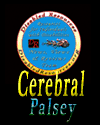 |
Cerebral Palsy (CP) s a group of permanent movement disorders that appear in early childhood. Signs and symptoms vary among people and over time. Often, symptoms include poor coordination, stiff muscles, weak muscles, and tremors. There may be problems with sensation, vision, hearing, swallowing, and speaking. Often, babies with cerebral palsy do not roll over, sit, crawl or walk as early as other children of their age. Other symptoms include seizures and problems with thinking or reasoning, which each occur in about one third of people with CP. While symptoms may get more noticeable over the first few years of life, underlying problems do not worsen over time |
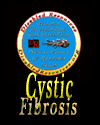 |
Cystic Fibrosis is a genetic disorder that affects mostly the lungs, but also the pancreas, liver, kidneys, and intestine. Long-term issues include difficulty breathing and coughing up mucus as a result of frequent lung infections. Other signs and symptoms may include sinus infections, poor growth, fatty stool, clubbing of the fingers and toes, and infertility in most males. Different people may have different degrees of symptoms. |
 |
Diabetes Mellitus (DM) |
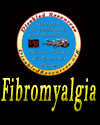 |
Fibromyalgia |
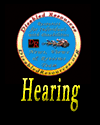 |
Hearing |
 |
Klinefelter Syndrome (KS) is a chromosomal condition that affects male physical and cognitive development. Its signs and symptoms vary among affected individuals. |
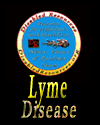 |
Lyme disease, also known as Lyme borreliosis, is a bacterial infection primarily transmitted by Ixodes ticks, also known as deer ticks, and on the West Coast, black-legged ticks. These tiny arachnids are typically found in wooded and grassy areas. Although people may think of Lyme as an East Coast disease, it is found throughout the United States, as well as in more than sixty other countries. |
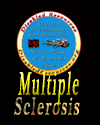 |
Multiple Sclerosis (MS) is the most common disabling neurological disease of young adults. It most often appears when people are between 20 to 40 years old. However, it can also affect children and older people. |
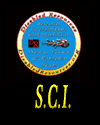 |
Spinal Cord Injury (SCI) |
 |
Spina Bifida (SB) |